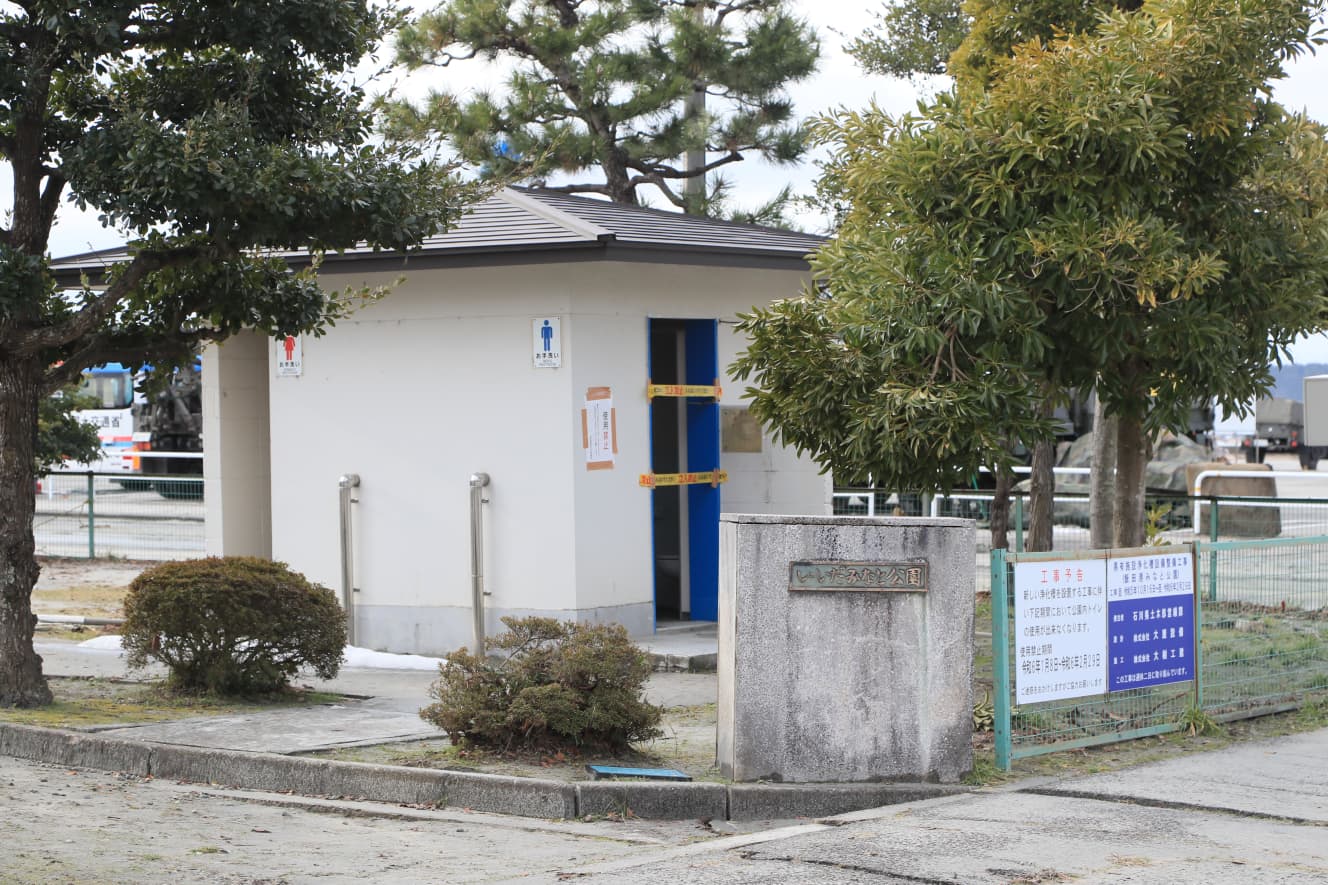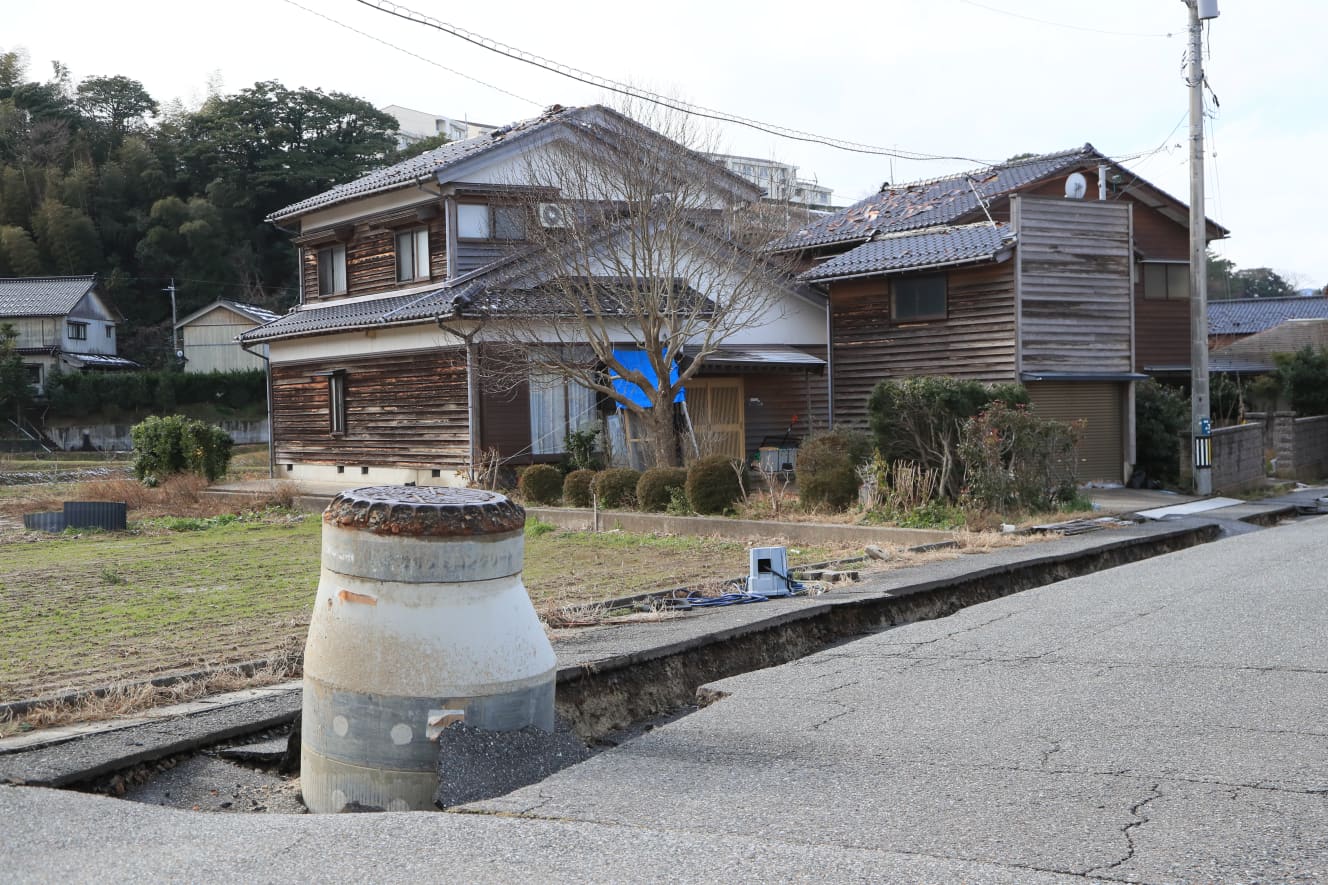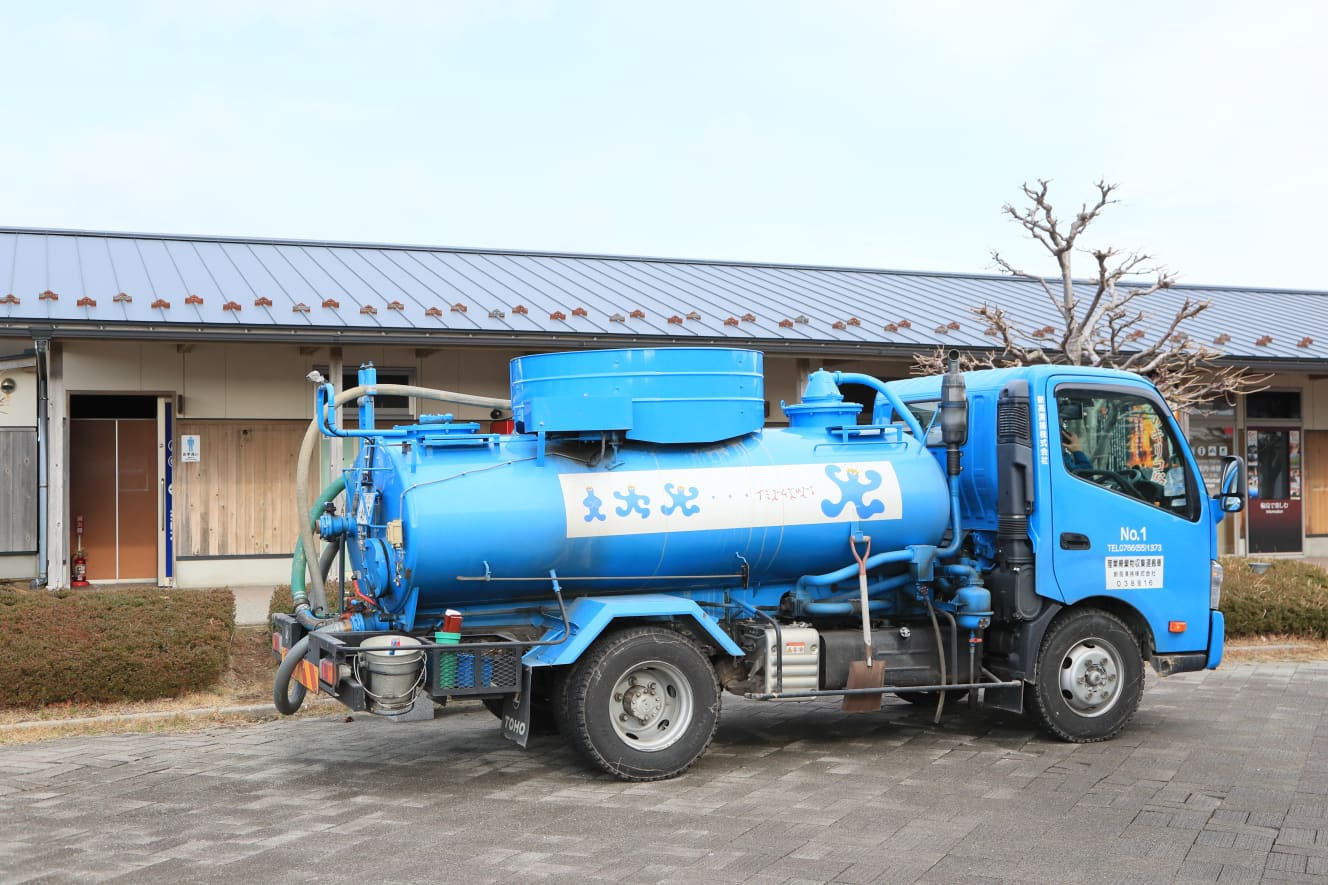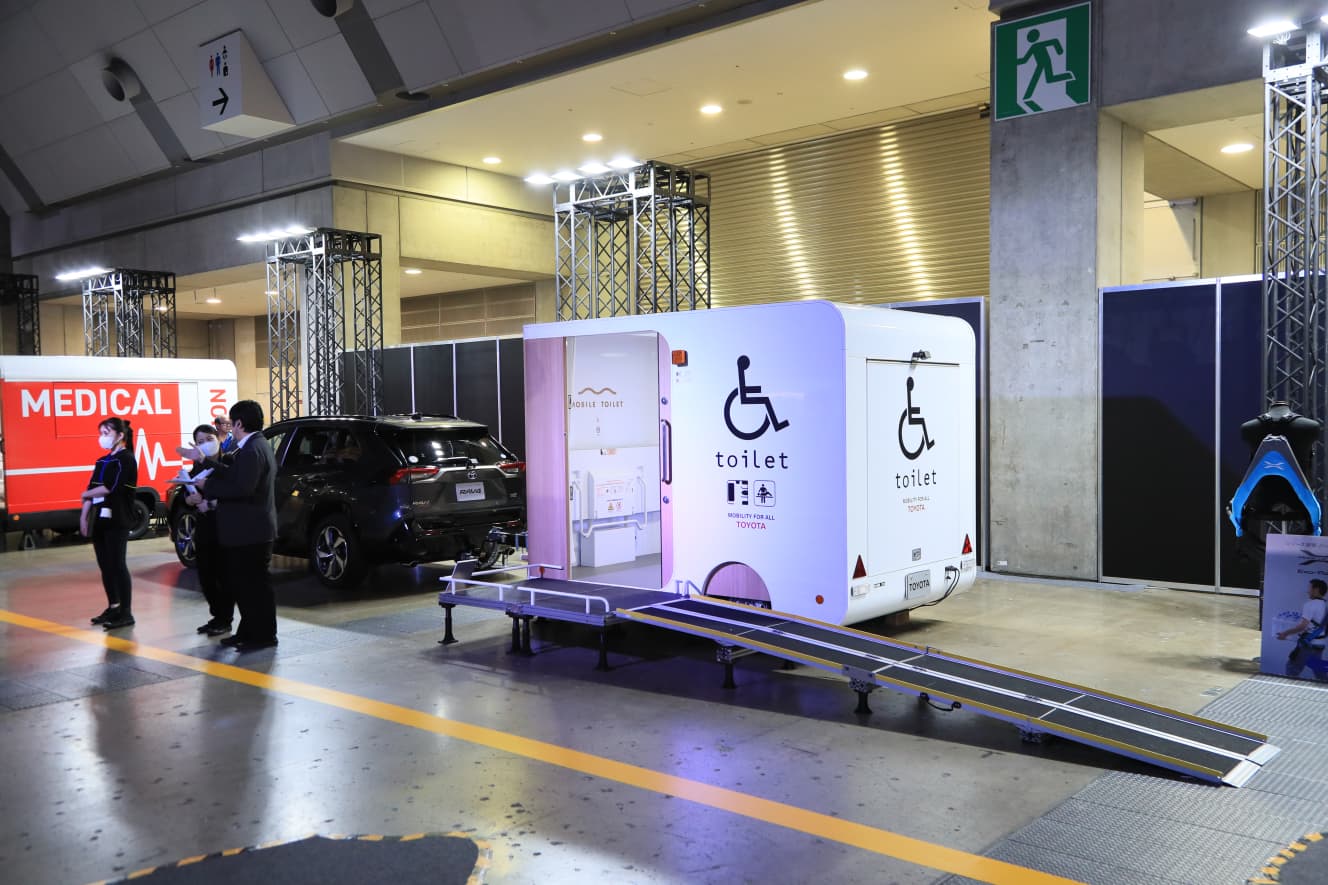Men’s Urinals in Disaster Zone Face Serious Toilet Conditions
Toilets are an essential part of our daily lives. However, most of the flush toilets in the affected areas are still not functioning due to the earthquake.
Manholes on the roads are exposed, and the water and sewage systems are in a state of devastation. Even in residences with minimal damage, toilets are not functioning. Additionally, the temporary toilets set up at each evacuation center have far exceeded their capacity. Due to a severe shortage of vacuum trucks for urine collection, many places have had to restrict the usage of temporary toilets. Prime Minister Fumio Kishida also mentioned on January 9th in his X,
“To improve the sanitary environment in evacuation centers, we will strengthen the vacuum truck fleet and enhance the urine collection system.”
This was an unusual post regarding toilets.
The situation is worse at roadside stations and parks. While the men’s urinals are still in good condition, the conditions in the private rooms are spectacular. In addition, many wheelchair-accessible toilets have alarms and lamps that keep going off due to malfunctioning electrical systems. In a public restroom near the scenic Mitsuke Island, fish, mud, and other debris had entered the toilets as a result of the tsunami, and the person in charge, who arrived in a vacuum truck, said,
“The situation is so disastrous that we need to reorganize our system before proceeding with urine disposal, and we will conduct the work again.”
Regarding the toilet issue, many municipalities nationwide own the same type of toilet trailers that “Sandwichman” donated to Kesenuma City. These toilets are currently actively deployed in the Noto Peninsula as part of practical deployment. When speaking to individuals who have actually used these toilets:
“It’s a world of difference from temporary toilets, and I could use it with peace of mind. It’s bright and clean, day or night, and it really provides relief. Above all, the fact that it doesn’t smell is great.”
The usability and reputation of the toilets seem to be excellent.
The police, fire department, Self-Defense Forces, ministries and agencies that are on site for restoration activities, and lifeline operators also face the same toilet problem and must be completely self-sufficient. The police, fire department, and Self-Defense Forces have toilet cars, and some of them were able to use them, but not all of the units that came to support them had such vehicles, so they were basically forced to use portable toilets or other means to do their business.
The deterioration of toilet facilities increases the risk of infectious disease outbreaks. Furthermore, some people may be avoiding the use of makeshift toilets, leading to insufficient food intake. As a result, the risk of other health issues such as malnutrition is also heightened. There is also a risk of sexual assault when women use toilets at night. Therefore, improvement in various situations is urgently desired.
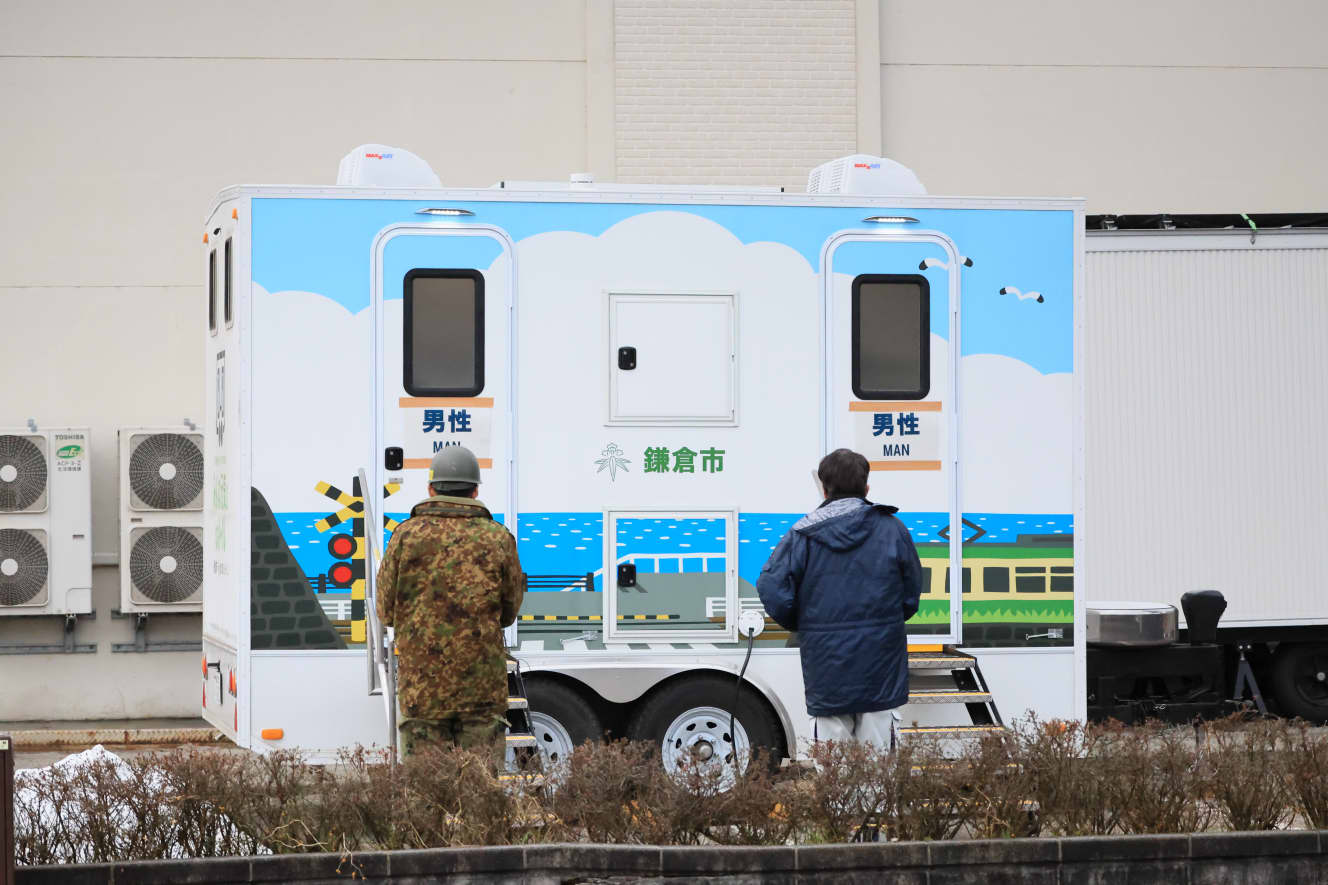
Interview, photography, and text: Takuma Arimura
